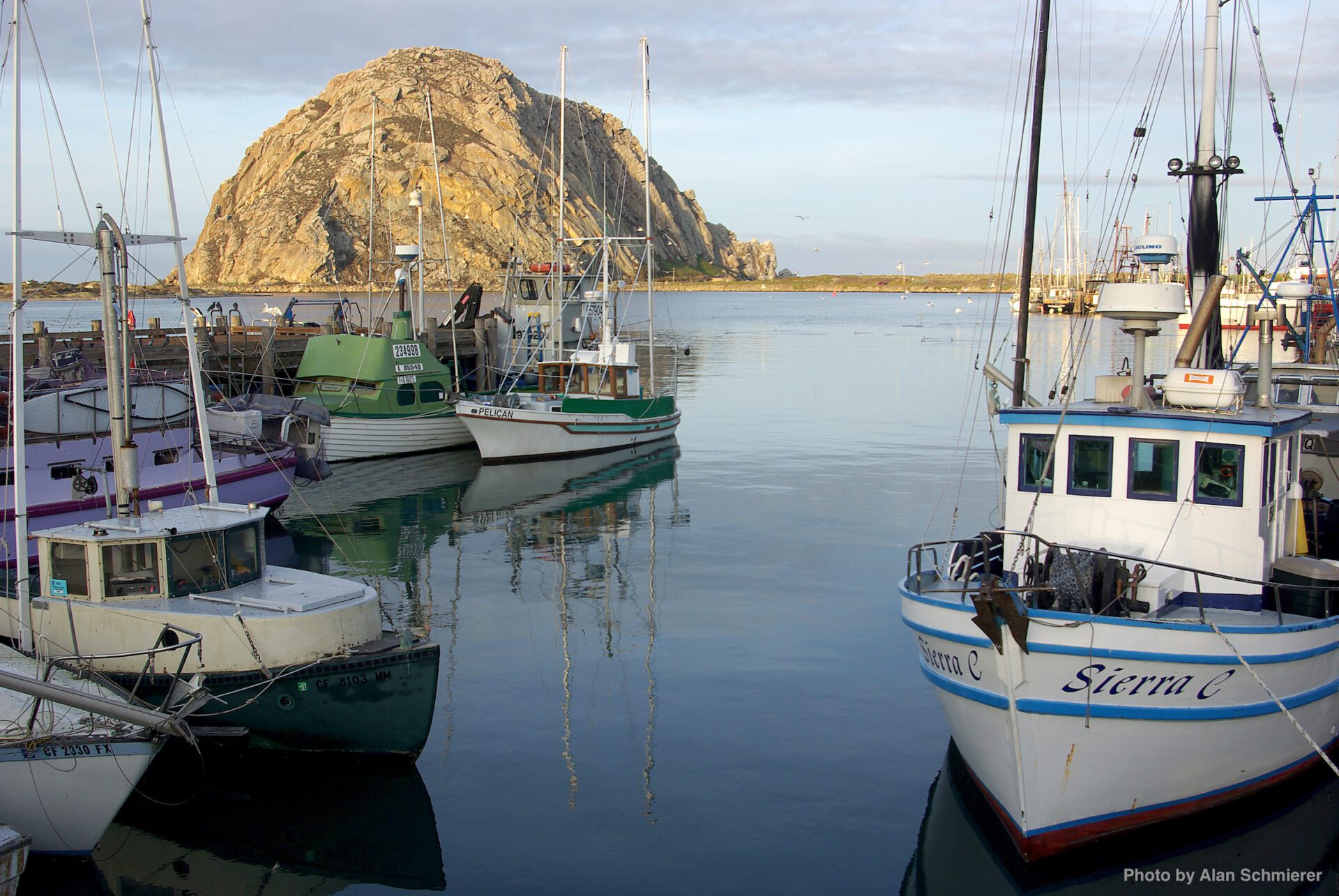Monday March 19, 2018

Scientists are often portrayed as working “inside a bubble,” out of touch with the rest of society. In an effort to burst this stereotype, the recent Cal-Neva American Fisheries Society Meeting in San Luis Obispo explored the theme “Outside the Bubble: Communicating with Our Communities.” Plenary speakers described the roles of both memorable messages and trusted messengers in communication. They also discussed the importance of building relationships with stakeholders, whether drinking coffee or fixing fences with landowners, or collaborating with fishermen to monitor California’s Marine Protected Area network. In a time of heightened mistrust of science, it is crucial for scientists to convey the importance and relevance of their work, as well as their own humanness.
The conference also provided updates on recent advancements in fisheries technology. Some researchers have been pairing camera and video technology with species recognition software. Scientists at UC Santa Cruz, with assistance from the Scripps Institution of Oceanography, are developing such a system to characterize and measure macroinvertebrate production in aquatic systems, which could reduce effort and costs of processing samples. Environmental DNA (eDNA) has rapidly expanded as a tool for detecting species presence or absence in aquatic environments. Biologists with Cramer Fish Sciences have been developing a semi-automated water sampler to collect eDNA samples over time, which can help detect highly mobile or rare species. Researchers from UC Davis, in conjunction with NOAA Marine Fisheries Service and California DWR, have been investigating the use of stable isotopes from juvenile salmon eye lens material to detect a signal of floodplain rearing. This novel method provides information that complements isotopic analysis of muscle tissue and otoliths.
Several talks discussed exciting fish sightings, such as notable sturgeon discoveries in the Feather River by the Department of Water Resources, including the presence of green sturgeon eggs and the first documented larvae, which confirm the occurrence of spawning. A talk on Pacific lamprey, which have been found as far south as Baja, described a major range contraction in their southern extent: lampreys were found only to San Luis Obispo in 2006, and only to Big Sur in 2016. However, a few years after the construction of a lamprey ramp over a modified fish ladder, lamprey were again spotted spawning in San Luis Obispo in 2017. Scientists from the California Department of Fish and Wildlife shared research revealing the tendency for spawning-age female steelhead to shed PIT tags, leading to the same individuals getting tagged multiple times over the course of a study – a finding that could have major implications for PIT tag research.
The conference was also an opportunity for FISHBIO to present our own research on estimating the abundance of juvenile fall-run Chinook salmon from our rotary screw trap on the Stanislaus River. We have been exploring different estimation methods to provide the most statistically rigorous estimates of fall-run salmon production. We appreciated receiving feedback and exchanging ideas with other researchers familiar with this subject, and are looking forward to implementing those ideas. In keeping with the conference theme, we also gave a presentation about how fisheries technology provides unique opportunities for communication at FISHBIO. We shared examples of using fish counts from our Riverwatcher automated scanner for an educational outreach activity, turning a time lapse of salmon spawning into a video, and submitting footage of beavers from one of our fish counting weirs to a film festival. Fisheries science is rich with opportunities for communication – we encourage fellow fish scientists to step out of their bubbles and engage, and applaud those who are already doing so!
This post featured in our weekly e-newsletter, the Fish Report. You can subscribe to the Fish Report here.
